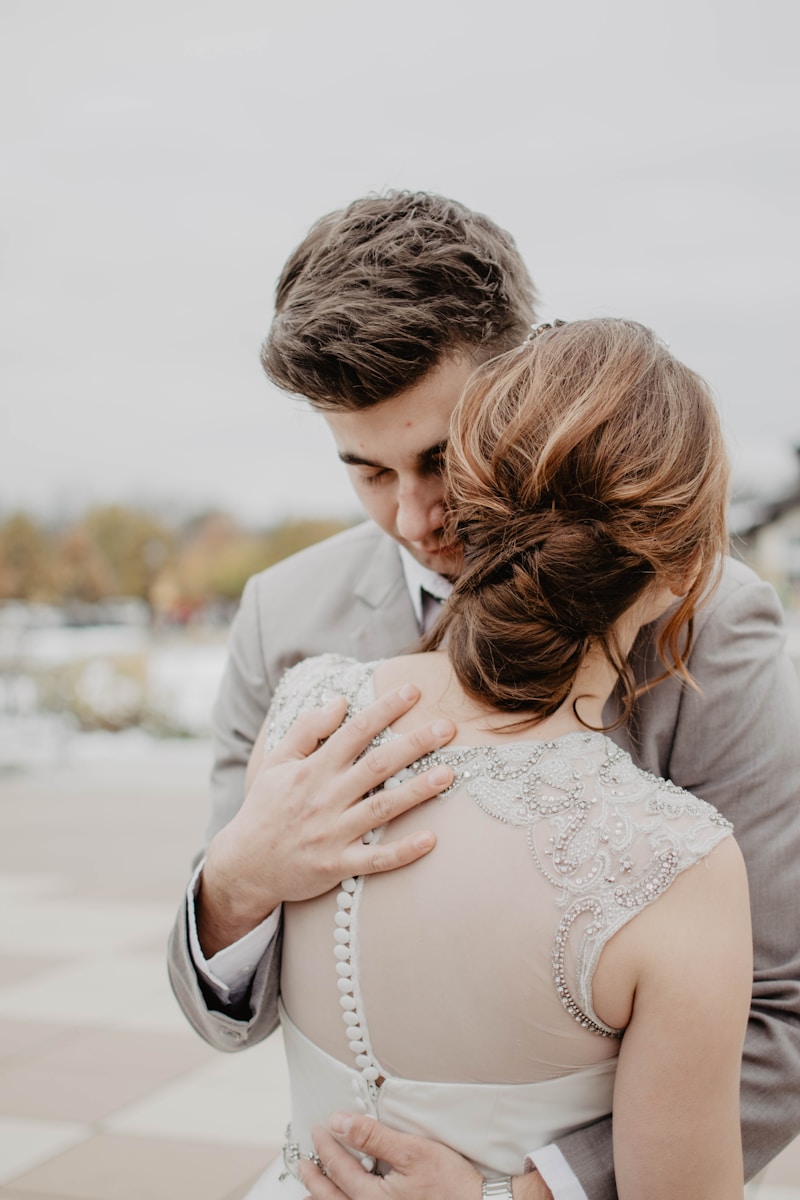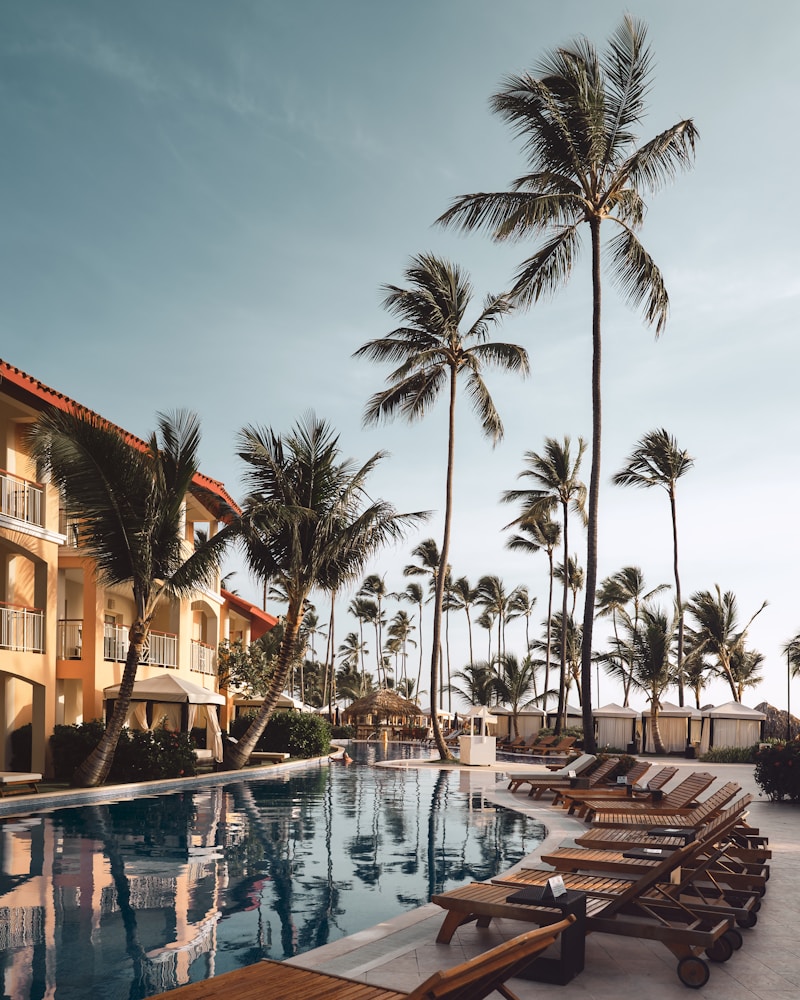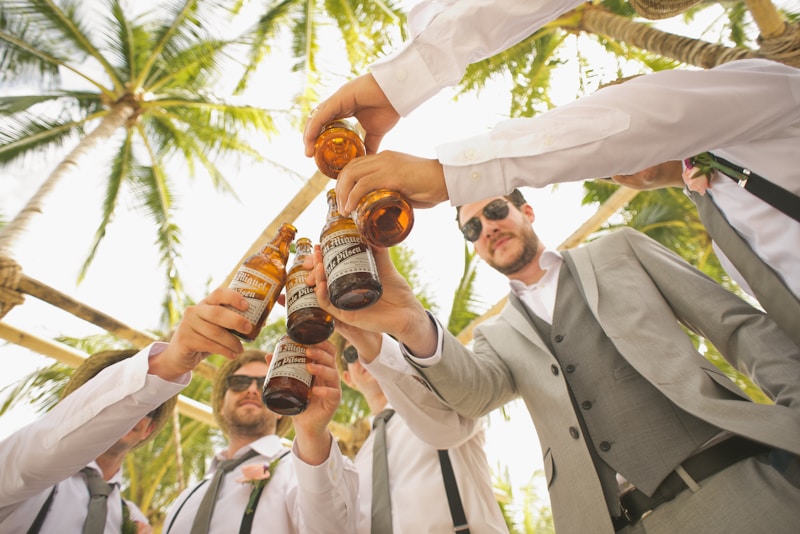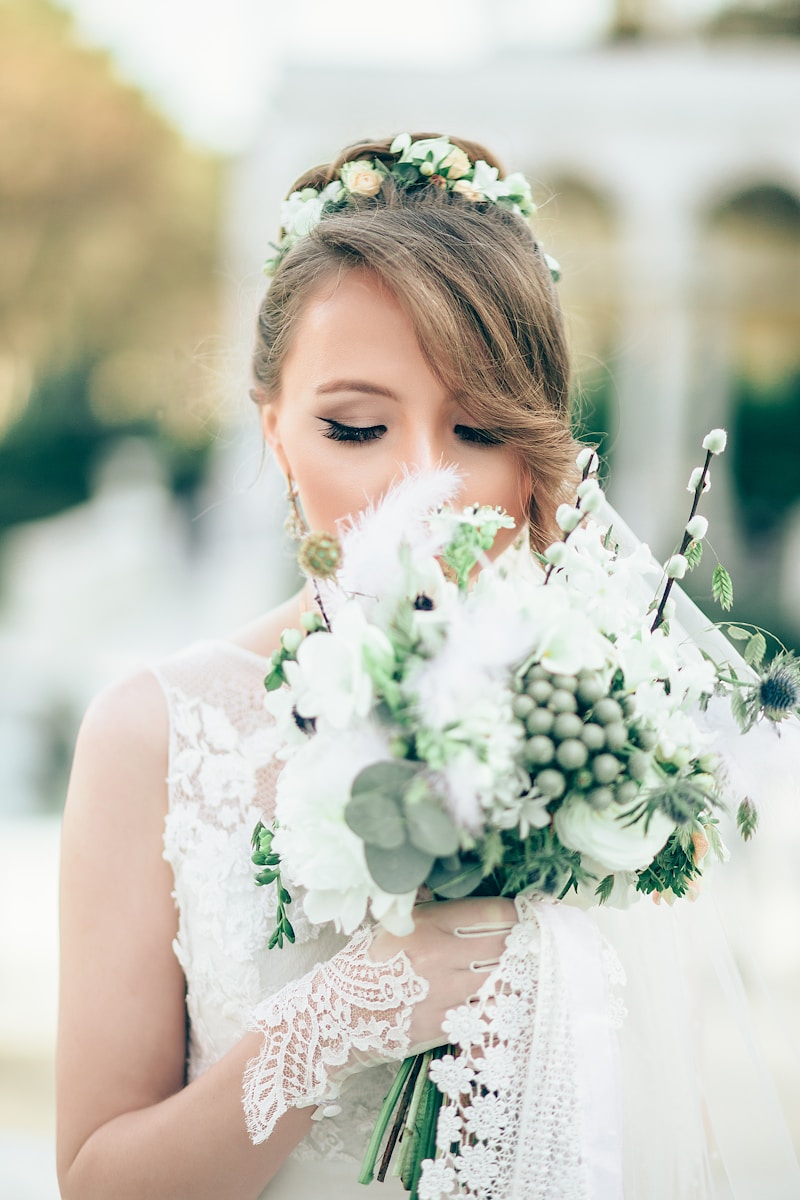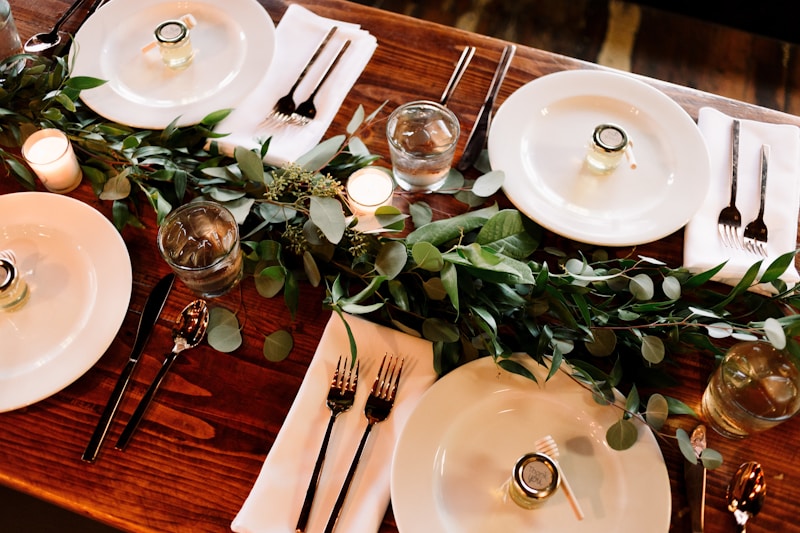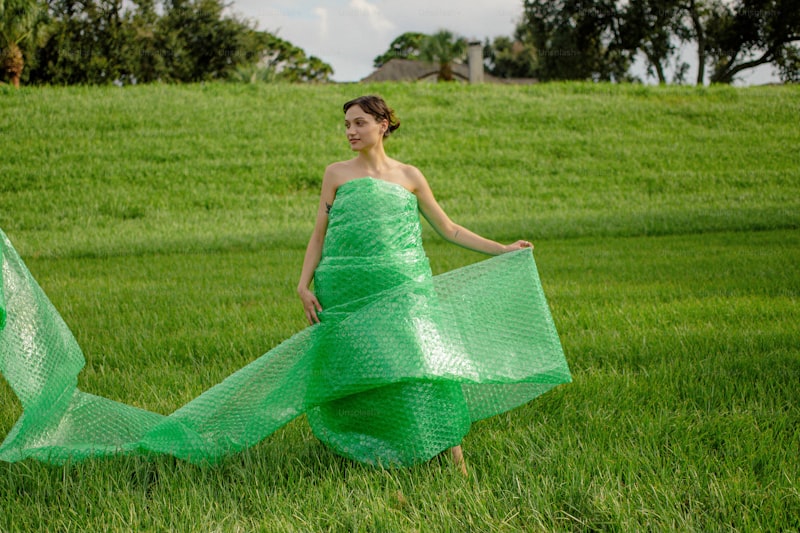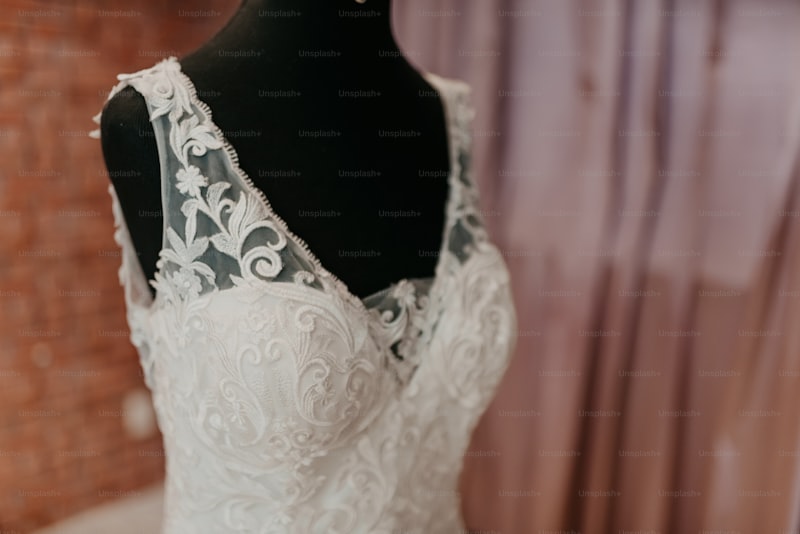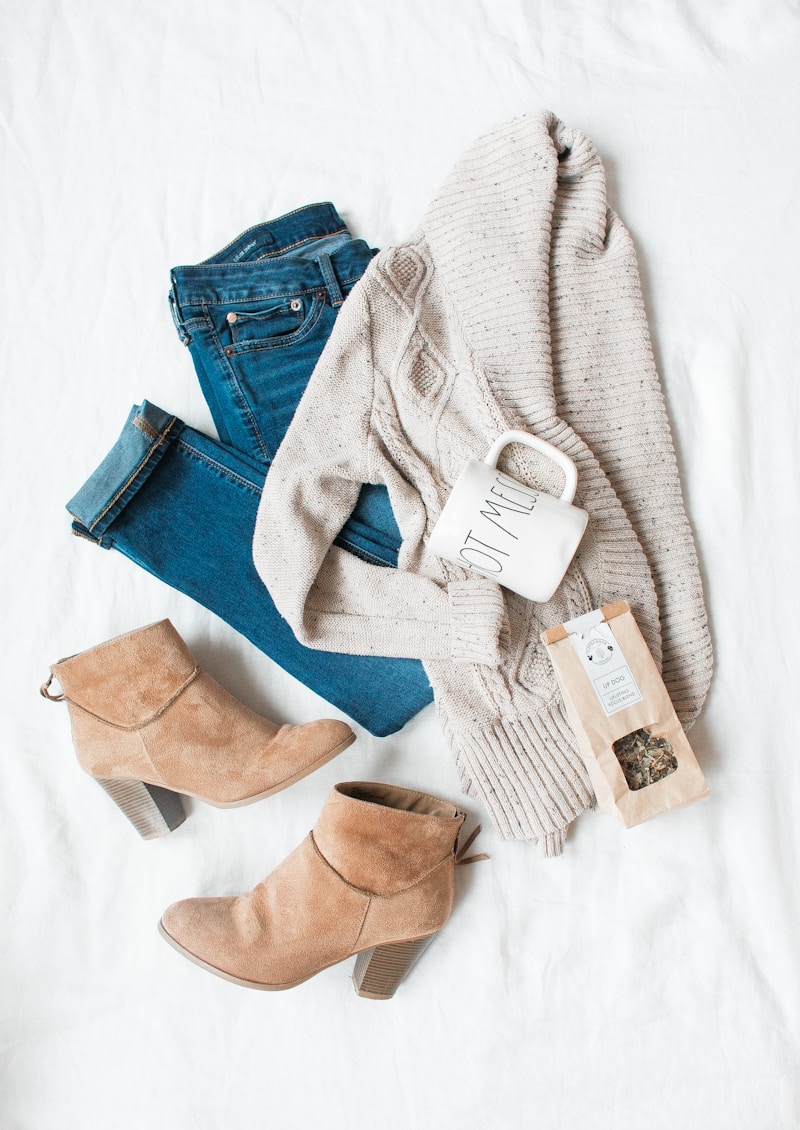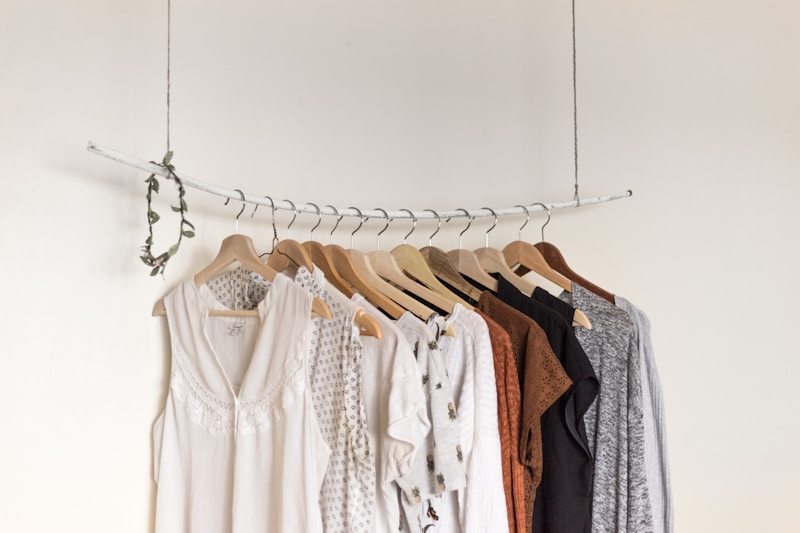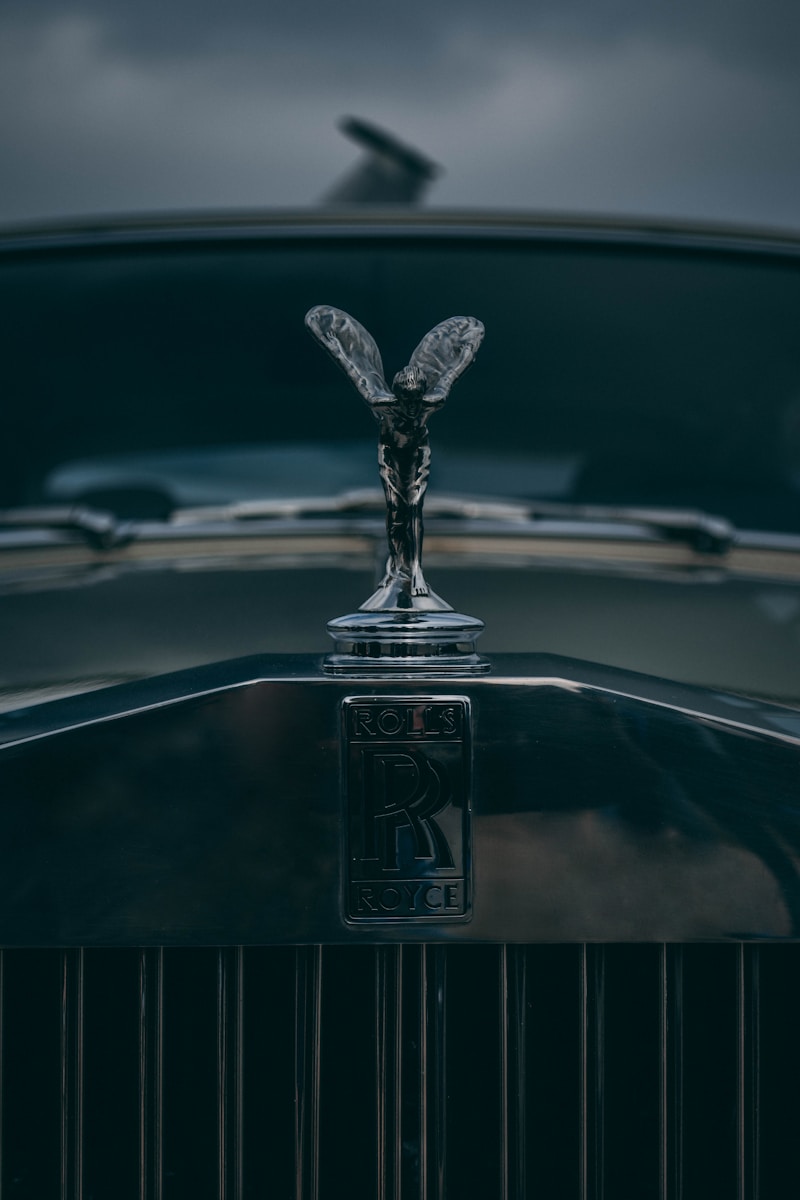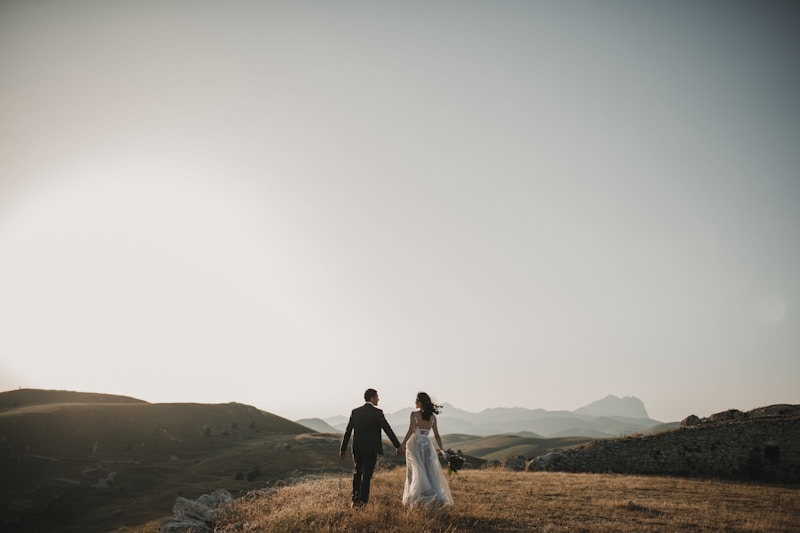Choosing the Right Fabric for Bridal Wear: A Comprehensive Guide
Introduction: The Importance of Fabric in Bridal WearWhen planning a wedding, every detail counts, and one of the most crucial elements of a bride's look is the fabric of her wedding dress. Choosing the right fabric for bridal wear can make or break the overall aesthetic, comfort, and functionality of the gown. This article will explore various fabrics, their properties, and tips on how to select the perfect material for your big day.The Role of Fabric in Bridal WearFabrics not only contribute to the style but also affect the comfort and movement of the bride throughout the wedding ceremony. The right fabric can enhance the fit of the gown, lend itself to different silhouettes, and ultimately impact how a bride feels on her special day. Here’s a look at some key factors to consider when selecting a fabric for your bridal wear:FactorDescriptionComfortThe fabric should feel good against the skin and allow for movement.SeasonalityDifferent fabrics suit different seasons, aiding in temperature regulation.SilhouetteThe choice of fabric can influence how a dress hugs the body and its overall shape.MaintenanceConsider how the fabric will hold up over time and its ease of cleaning.Popular Fabrics for Bridal WearThere are several popular fabrics that brides typically choose for their wedding dresses. Each fabric has unique characteristics that may fit different styles and preferences.1. TulleTulle is a lightweight, sheer fabric often used for layering in skirts, veils, and overskirts....
Silk vs. Satin: A Comprehensive Fabric Comparison
IntroductionWhen it comes to choosing fabrics for clothing, home decor, or luxury items, two materials often come to the forefront: silk and satin. Both have their unique characteristics, benefits, and applications, but understanding how they compare is crucial for making an informed choice. In this article, we will explore everything you need to know about silk and satin, serving as your go-to guide for fabric comparison.What is Silk?Silk is a natural fiber produced by silkworms, primarily the larvae of the moth species Bombyx mori. Renowned for its luxurious feel and sheen, silk has been a coveted fabric for thousands of years. Its smooth texture and natural drape make it ideal for a wide range of applications, from high-end fashion to exquisite home furnishings. The most common types of silk include: Mulberry Silk: The most popular and highest quality silk, known for its fine and soft texture. Tussah Silk: Wild silk that has a rougher texture and is usually less expensive. Charmeuse Silk: A lightweight silk fabric that is soft and luxurious, commonly used in clothing.What is Satin?Satin, on the other hand, is a weave that can be made from various fibers, including silk, polyester, and nylon. While satin does not refer to a specific fiber like silk does, it is known for its glossy surface and dull back. The satin weave produces a beautiful sheen that is often mistaken for silk. Common types of satin include: Silk Satin: The highest quality satin, made from silk ...
Discover the Elegance of Breathable Fabrics for Wedding Dresses
Choosing the perfect wedding dress is a monumental task for any bride, but understanding fabric options can elevate that experience. One of the most significant considerations is the breathability of the fabric, especially for weddings held during warmer months or in tropical locations. In this article, we will explore various breathable fabrics for wedding dresses, their benefits, and why the choice of fabric is crucial for comfort and style on your big day.Why Breathable Fabrics MatterBreathability in fabrics refers to the ability of the material to allow air and moisture to pass through, which is crucial for maintaining comfort in various weather conditions. For brides who want to feel comfortable while looking stunning, breathable fabrics are essential. Here are a few reasons why: Comfort: Breathable fabrics allow for air circulation, helping brides stay cool and comfortable throughout their wedding day. Temperature Regulation: Fabrics that breathe help regulate body temperature, essential for outdoor weddings or during warm seasons. Reduced Sweating: Enhanced airflow reduces sweating, allowing brides to feel fresh and confident.Popular Breathable Fabrics for Wedding DressesWhen it comes to selecting a breathable fabric for your wedding dress, here are some top choices: Fabric Benefits Chiffon Lightweight and air permeable, providing a soft drape. Lace Offers elegance and sophisticated detailing while allowing airflow. Tulle Creates volume...
Luxurious Lace in Bridal Dressmaking: The Key to Stunning Wedding Gowns
Introduction to Luxurious Lace in Bridal DressmakingWhen it comes to wedding gowns, the word luxurious is often synonymous with lace. Luxurious lace in bridal dressmaking has the power to transform a simple design into an exquisite masterpiece. With its delicate patterns and intricate designs, lace offers a romantic and timeless appeal that brides crave. In this article, we will explore the enchanting world of luxurious lace, its origins, and how it plays a critical role in bridal dressmaking.Understanding Lace: A Look into Its History and TypesLace has been a coveted embellishment for centuries, tracing its roots back to the 15th century in Europe. Originally, lace was hand-made and crafted using intricate techniques that required immense skill and craftsmanship. Today, lace is produced in various forms, each with unique characteristics. Below are some common types of lace you will encounter in bridal dressmaking:Type of LaceDescriptionChantilly LaceLightweight and delicate, known for its floral motifs and fine netting.Alençon LaceCharacterized by a heavy cord outline and floral patterns, providing texture and depth.French LaceAn elegant choice that combines traditional crafting techniques with modern designs.Venise LaceStiff and embroidered lace that maintains its shape, often used for appliqué.Bridal LaceSpecifically designed for wedding gowns, available in various styles and patterns.The Allure of Luxurious Lace in Bridal GownsBrides often envision themselves in a gown th...
The Role of Tulle in Wedding Gowns: A Timeless Fabric for Elegant Bridal Attire
When it comes to wedding gowns, every detail matters. One of the most beloved fabrics in bridal fashion is tulle. This lightweight, delicate netting has been a staple in wedding dress designs for centuries. In this article, we will explore the role of tulle in wedding gowns, its history, benefits, and why brides continue to choose it for their special day. Whether you are a bride-to-be or simply fascinated by wedding fashion, understanding tulle's significance can enhance your appreciation for bridal couture.What is Tulle?Tulle is a fine, typically starched netting that can be made from a variety of fibers, including silk, nylon, polyester, and organza. Its airy texture and ethereal quality make it perfect for creating soft, romantic silhouettes. Traditionally used for veils and petticoats, tulle has evolved into a fundamental element of modern wedding gowns. It is available in various colors, although ivory and white remain the most popular choices for brides.Historical Significance of Tulle in Wedding FashionThe use of tulle can be traced back to the early 19th century. Originally used in the construction of ballet tutus, this delicate fabric quickly found its way into the world of bridal fashion. In 1840, when Queen Victoria wed Prince Albert, she famously donned a white gown adorned with a tulle veil, setting a trend that continues to this day. As more brides sought to emulate her style, tulle became synonymous with elegance and grace, solidifying its place in wedding att...
Chiffon’s Flowy Elegance for Brides: The Ultimate Guide to Choosing Chiffon Wedding Dresses
Introduction to Chiffon Wedding DressesFor brides looking for a touch of elegance and romance on their special day, chiffon wedding dresses offer a perfect choice. Known for their lightweight material and graceful draping, chiffon gowns create an ethereal look that enhances the beauty of every bride. This article delves deep into why chiffon is a favored fabric for brides, its benefits, styling options, and much more.Why Choose Chiffon for Your Wedding Dress?Chiffon, a soft, sheer fabric, has become a popular choice among brides for various reasons:Lightweight and Breathable: Chiffon is extremely light, making it ideal for warm weather weddings or beach ceremonies. Its breathability ensures comfort throughout the day.Elegant Draping: Chiffon flows beautifully, allowing for stunning draping and movement. This creates a dreamy, romantic effect as the bride walks down the aisle.Versatile Styles: Whether you prefer a fitted silhouette or a flowy A-line, chiffon can be tailored to suit any style. It holds its shape well while allowing for intricate designs.Timeless Appeal: Chiffon has been a staple in bridal fashion for decades. Its classic elegance ensures that brides always look timeless.Styling Your Chiffon Wedding DressStyling your chiffon wedding dress can vary greatly based on your personal preferences and the overall theme of your wedding. Here are some ideas:1. AccessoriesPair your chiffon gown with delicate, understated accessories. Opt for a set of pearl earrings or a si...
Sustainable Fabric Options for Eco-Friendly Weddings: A Comprehensive Guide
Transform Your Wedding with Sustainable Fabric OptionsPlanning an eco-friendly wedding is not just a trend, but a commitment to the planet. As couples strive to reduce waste and make sustainable choices, one crucial aspect is the selection of fabrics. This guide delves into various sustainable fabric options for eco-friendly weddings, ensuring your celebration remains stylish and environmentally conscious.Why Choose Sustainable Fabrics?Choosing sustainable fabrics is pivotal not just for the aesthetics of your wedding but also for the environment. Here’s why: Reduced Environmental Impact: Sustainable fabrics are typically made from organic materials that have a minimal negative impact on the environment. Support for Ethical Production: Many sustainable options are produced under fair labor conditions, which helps support communities. Biodegradability: Many sustainable fabrics can break down naturally, reducing waste in landfills.Popular Sustainable Fabric OptionsFabric TypeCharacteristicsBest UseCotton (Organic)Soft, breathable, and versatile. Grown without harmful pesticides.Dresses, suits, table linensHempStrong, durable, and requires less water. Biodegradable.Bridal gowns, decor itemsLinenLuxurious texture, good for warm weather and highly sustainable.Guest attire, table settingsSustainable SilkProduced via ethical practices, often hand-loomed.Bridal wear, accessoriesBambooSoft, breathable, and requires minimal resources to grow.Bridal attire, napkinsUnderstanding Each ...
Embroidered Fabrics for Unique Wedding Dresses: A Perfect Choice for Your Dream Gown
Weddings are one of the most significant events in a person's life, and choosing the perfect wedding dress is a crucial part of that journey. Among the many options available, embroidered fabrics stand out as a top choice for creating unique and exquisite wedding dresses. In this article, we will explore the various types of embroidered fabrics, their benefits, and how they can elevate your wedding dress style. Whether you're opting for classic elegance or modern trends, incorporating embroidered fabrics can undoubtedly give you a one-of-a-kind bridal look.Understanding Embroidered FabricsEmbroidered fabrics are textiles that have been enhanced with intricate designs sewn into them. This art form has been around for centuries, and it adds a beautiful dimension to any fabric, making it ideal for wedding dresses. There are various types of embroidery, each offering different textures, patterns, and styles to suit your wedding theme.Types of Embroidered FabricsFabric TypeCharacteristicsBest ForOrganzaLightweight, sheer, and crisp, offering a delicate lookRomantic and fairy-tale themed weddingsTulleSoft and flexible, typically used in layersModern and whimsical dress designsLaceClassic and intricate with floral patternsVintage or traditional weddingsSilkLuxurious and soft, often featuring high-quality embroideryElegant and sophisticated ceremoniesChiffonFlowy and lightweight with a soft drapeBeach or outdoor weddingsThe Advantages of Using Embroidered FabricsChoosing embroidered ...
The Impact of Fabric Draping on Design: A Comprehensive Analysis
In the world of fashion and interior design, the choice of fabric and how it drapes can substantially influence the aesthetic and functional qualities of a design. Understanding the impact of fabric draping on design can lead to more informed decisions, resulting in more captivating and cohesive outcomes. This article will delve into the nuances of fabric draping, exploring its role in both fashion and interior design, considerations for choosing the right fabric, and practical tips on how to maximize the impact of draping in your projects. Understanding Fabric Draping Fabric draping refers to how a material falls or hangs when it's either laid flat or constructed into a garment or piece of furniture. The way fabric drapes can create illusions, enhance shapes, and contribute to the overall design narrative. Different types of fabrics respond uniquely to draping, which is why understanding their behavior is crucial for designers. The Importance of Fabric Selection The choice of fabric should consider its weight, texture, and elasticity, which all significantly affect how draping is perceived. Below are several key factors that influence fabric draping: FactorDescriptionWeightHeavier fabrics like wool and denim tend to hold their shape well, while lightweight fabrics like chiffon and silk provide softer, more fluid draping.TextureTextured fabrics such as burlap create structure, whereas smooth fabrics can create a sleek and elegant appearance.ElasticityFabrics with stretch, li...
Enhance Your Curves: The Ultimate Guide to Fabrics that Enhance Body Shape
In the world of fashion, the right fabric can make a world of difference. Whether you want to highlight your curves or create a slimming effect, choosing the right materials is essential. In this article, we will explore various fabrics that enhance body shape, helping you look and feel your best. We will also cover important tips, related questions, and insights into how these fabrics can elevate your wardrobe.Understanding Body Shape EnhancementBefore diving into specific fabrics, it’s crucial to understand what body shape enhancement means. This concept revolves around using clothing materials that improve the visual appeal of your figure. Different fabrics can create various effects, from accentuating curves to providing support and structure. By knowing your body type, you can select the best fabrics to create the desired look.Top Fabrics That Enhance Body ShapeFabric TypeBenefitsBest ForSpandexOffers stretch and supportHourglass and Pear ShapesPolyesterDurable and smooth, drapes wellAll Body TypesSilkLuxurious feel, natural drapeRectangular ShapesCotton BlendsComfortable, breathable, and versatileAll Body TypesTulleAdds volume and structureHourglass and Apple Shapes1. Spandex: The Stretchy SensationSpandex is a popular choice for activewear and figure-hugging clothing. This fabric provides excellent stretchability, allowing outfits to move with your body. It cinches at the right places, making it ideal for enhancing curves, particularly for hourglass and pear shapes. Wh...
Nurturing Elegance Through Fabric Choices: The Art of Selecting the Right Material
Introduction In the world of fashion and design, elegance isn't merely about style; it's deeply intertwined with the choices we make about fabrics. The right fabric can elevate a garment or a space, creating not only beauty but also comfort and functionality. This article delves into the intricacies of nurturing elegance through fabric choices, helping you understand how different materials can transform your aesthetic. The Significance of Fabric Choices Fabric can dramatically influence the overall impression of clothing or interior design. Whether you're dressing for an occasion or redecorating, the fabric you choose plays a vital role. Below are several factors that illustrate the importance of fabric selection: ConsiderationImpactTextureDefines the tactile experience and visual appeal.WeightAffects the draping and silhouette of garments.BreathabilityDetermines comfort, especially in warm climates.DurabilityAffects the lifespan of clothing or upholstery.ColorSets the mood and enhances aesthetic value.Types of Fabrics to Explore When nurturing elegance, the fabric choice can range widely based on your goals. Here are some popular and timeless fabric options: Cotton Cotton is a staple fabric known for its versatility and comfort. It breathes well, making it perfect for casual wear as well as elegant evening gowns. Cotton can easily be dyed and printed, providing endless possibilities for styles and patterns. Satin Satin is often the go-to fabric for formal occasions. With i...
Bridal Fabric Trends for Modern Weddings: A Comprehensive Guide
Exploring the Latest Bridal Fabric TrendsThe world of weddings is ever-evolving, and bridal fashion is no exception. As modern couples look for unique ways to express their style and personalities on their special day, the choice of bridal fabrics plays a pivotal role in their overall vision. Understanding the latest bridal fabric trends is crucial for brides-to-be seeking to create a memorable and timeless look. In this article, we will delve into the current trends, popular fabrics, and key considerations when choosing bridal fabrics for modern weddings.Current Trends in Bridal FabricsBridal fashion trends are influenced by various factors, including cultural shifts, technological advancements in textile production, and the ever-changing preferences of couples planning their weddings. Here are some of the top bridal fabric trends that are shaping modern weddings today:1. Sustainable FabricsAs awareness about sustainability grows, many brides are opting for eco-friendly wedding gowns made from organic and cruelty-free materials. Fabrics like bamboo silk, organic cotton, and recycled polyester are becoming increasingly popular. These sustainable options not only minimize environmental impact but also offer unique textures and aesthetics that can elevate the overall bridal look.2. Luxurious VelvetVelvet has made a striking comeback in bridal fashion. This sumptuous fabric is perfect for fall and winter weddings, providing warmth and elegance. Whether used in full-length gowns ...
